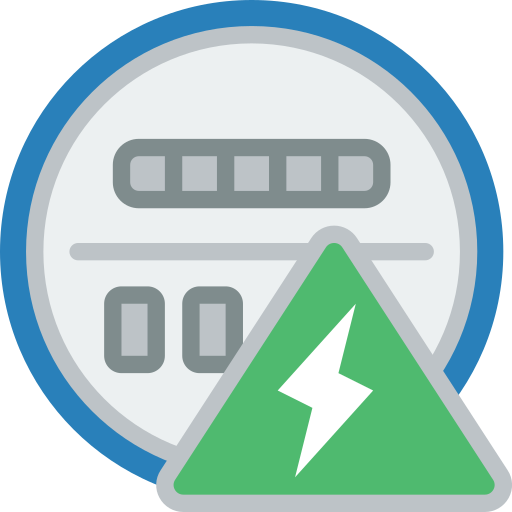How To Do a Basic Energy Audit At Home
-

List
Write down a list of everything that uses electricity in your home.
-

View Wattage
Look for the wattage on that metal plate or sticker under or to the back of your appliance(s).
-

List Hours
Write down how many hours you use each item for the month.
-

Calculate
Calculate the kilowatt hours to see which items are using the most.